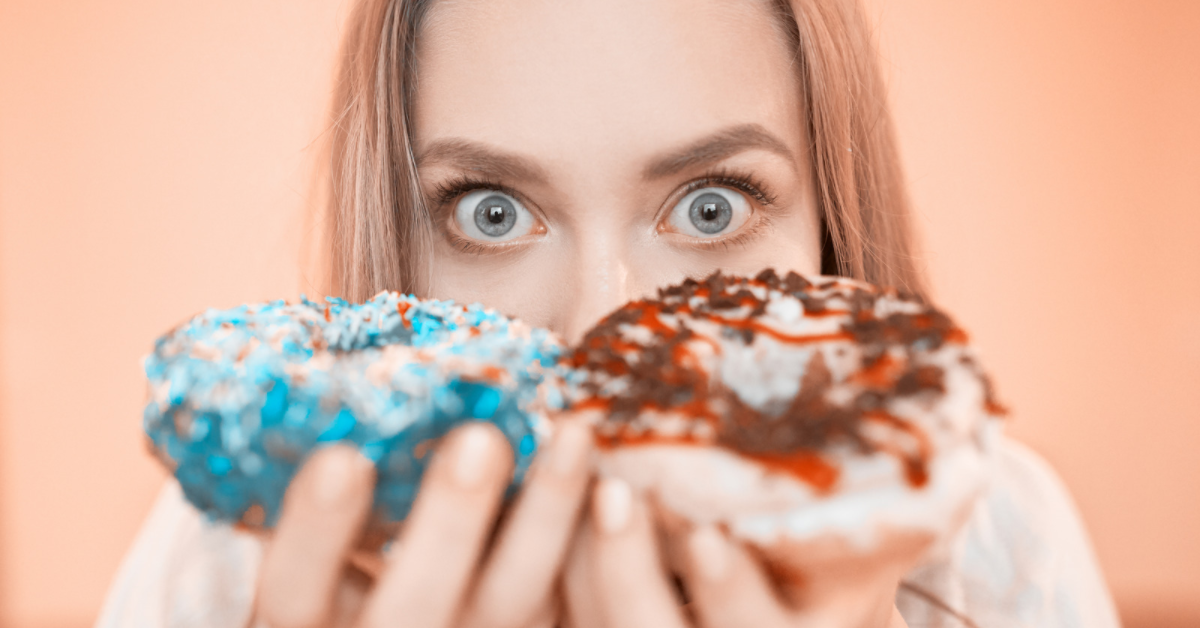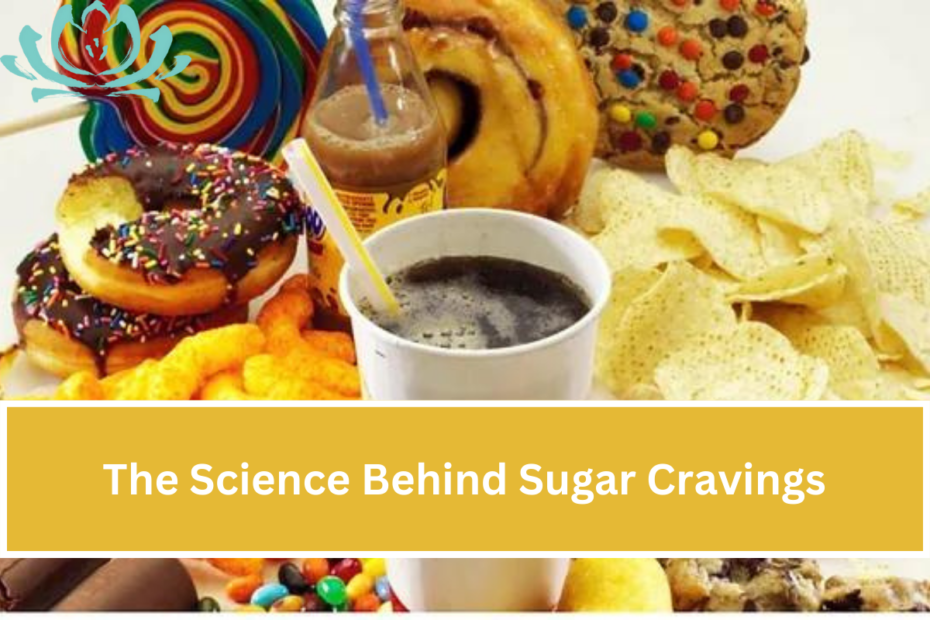The Science Behind Sugar Cravings:- Constant sugar cravings after bariatric surgery can make eating healthy difficult. We can explain sugar cravings with hormones and blood glucose levels. This blog discusses why we crave sugar and how to stop it.
We often crave due to chemical imbalances. Our desires build up until we will do anything to obtain that “fix,” which can lead to binge eating or disordered eating.
Cravings are natural and can reveal your psychology or physiology; indulge occasionally. But what if your sugar cravings are out of control and you want to control them?
The Science Behind Sugar Cravings
Sad Truth About Sugar Cravings
- Sugars in drinks, sauces, packaged foods, etc. account for most sugar consumption. On a 2000-calorie diet, the average U.S. added sugar intake is 270 calories, or 13% a day. Beverages account for 47% of added sugars consumed in the U.S.
- According to the 2015–2020 U.S. Dietary Guidelines for Americans, added sugars should not exceed 10% of total calories, or 50 grams per day on a 2000-calorie diet.
- That would be 100 calories of sugar or 25 grams per day for bariatric patients on a 1000-calorie diet. To reduce obesity and heart disease, the American Heart Association recommends 100 calories (24 grams) a day on a 2000-calorie diet.
- Sugar is a big element of the American diet, especially in pre-bariatric individuals, therefore sugar cravings are common. According to sugar desire science, the more sugar we eat, the more we crave it.
The Science Behind Sugar Cravings
- Sugar is as addictive as cocaine, according to research on sugar cravings. Sugar affects the brain’s reward centre like addictive chemicals, making it difficult to quit.
- Sugar stimulates the hippocampus, which controls learning and memory, according to research.
- Dopamine, part of the brain’s “reward system,” is released when the hippocampus is stimulated. While eating releases dopamine, other research suggest that anticipating food can cause sugar cravings.
- “Sugar cravings are mediated by the mesolimbic dopamine system, which is triggered by smells, sights, and vivid imagery.
- Dopamine increases when you eat sugar, triggering brain connections that encourage eating. Sugar also increases ghrelin, which increases desires, according to study. Eventually, more sugar is needed to obtain the same dopamine levels and feel “sugar high.”
Also Read:-Nourishing and Delicious Snacks For Diabetics

The Science Behind Sugar Cravings
Sugar Over consumption Risks
- The body uses glycolysis to turn sugar into glucose for energy. Body stores extra glucose from diet as glycogen.
- Compared to infinite body fat storage, glucose stores are low. On a healthy diet, carbohydrates and sugars are regularly eaten and metabolised into glucose for brain energy. While glucose powers the body, uncontrolled levels can cause problems.
- Food with high sugar raises blood sugar. The pancreas releases insulin to regulate glucose uptake into cells.
- As you eat more sugar, your cells become less insulin-responsive. Blood sugar can’t be stored for energy because it doesn’t enter cells.
- Hyperglycemia occurs when sugar cannot access these cells. Insulin resistance and type 2 diabetes can result.
Conclusion
- We all crave sugar, which seems to increase when we restrict it.
- Understanding sugar hunger science helps explain why conquering this “addiction” is so difficult.
- Start slowly and focus on environmental indicators that may lead to sugar consumption to overcome acute sugar cravings.
- Swapping juice for Crystal Light or dressing for homemade vinegarette can also reduce sugar intake.
If you like this article about The Science Behind Sugar Cravings Please share this article with your friends and family members.

